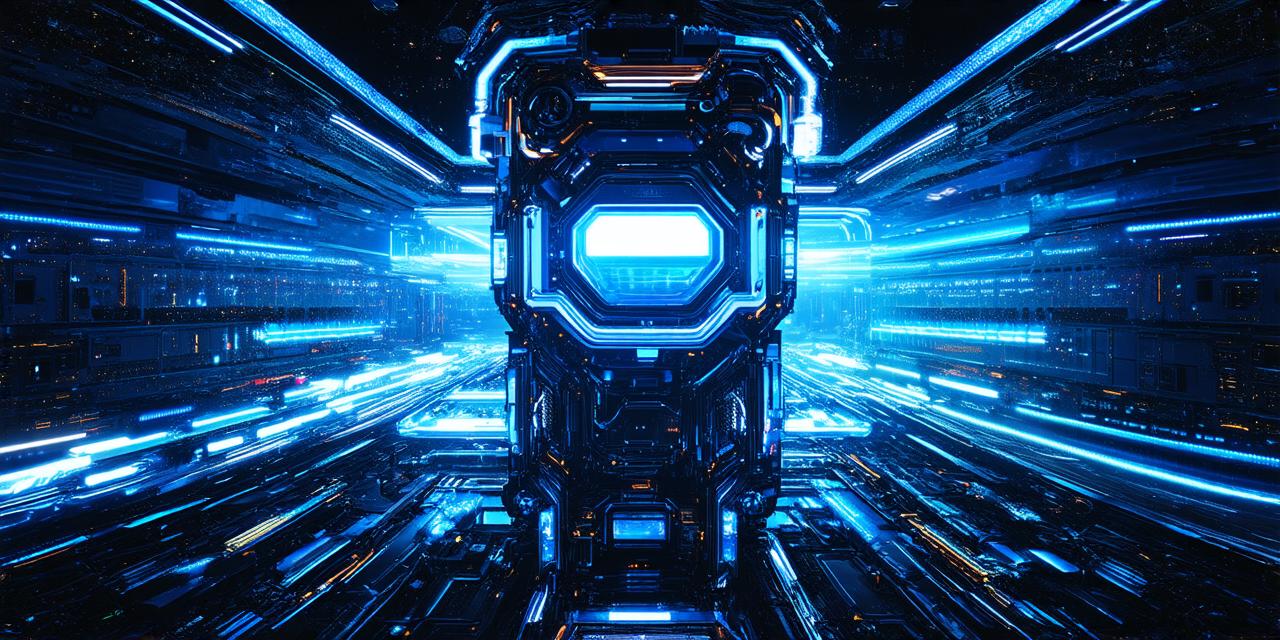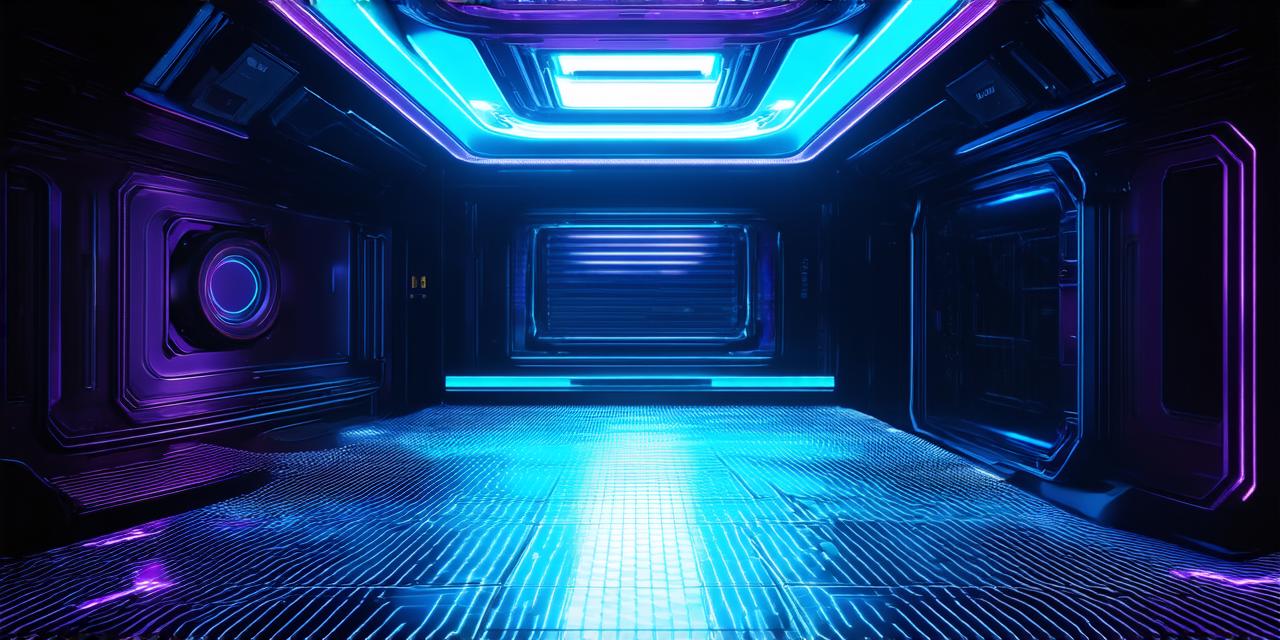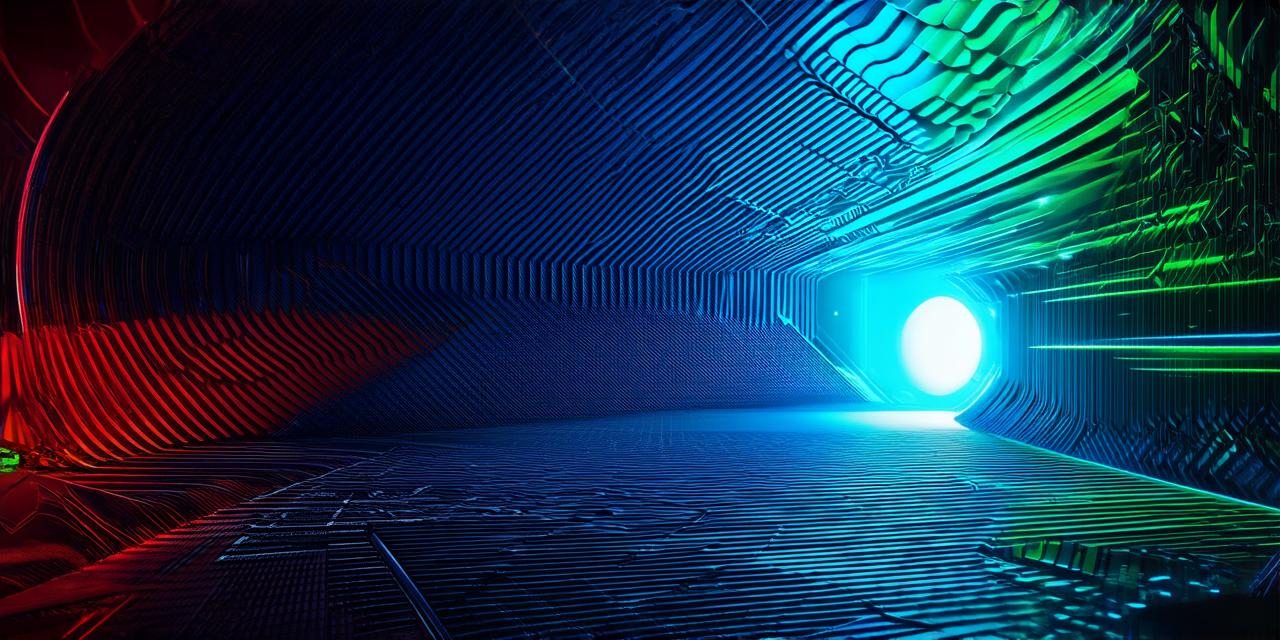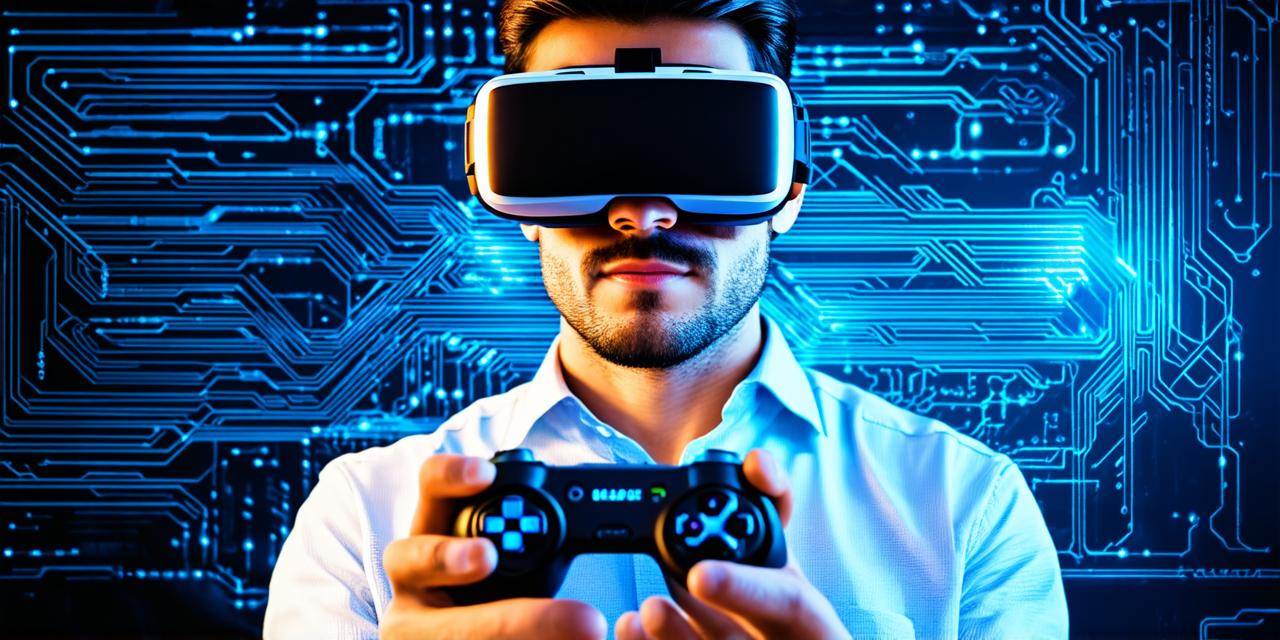Mixed reality (MR) is a cutting-edge technology that combines real-world environments with computer-generated graphics, resulting in an immersive experience for users.
Introduction
In recent years, the use of mixed reality has expanded beyond gaming and entertainment to include applications in various industries such as healthcare, education, and manufacturing. Artificial intelligence (AI) is another rapidly evolving technology that is changing the way we interact with the world around us. When combined with mixed reality, AI can create even more powerful and transformative experiences.
What is Mixed Reality?
Mixed reality refers to a computer-generated environment that overlays digital information onto the real world. This creates an immersive experience for the user, allowing them to interact with both real-world and virtual elements. There are three main types of mixed reality: augmented reality (AR), virtual reality (VR), and hybrid reality (HR). AR adds digital information to the real world, VR fully immerses users in a virtual environment, and HR combines elements of both AR and VR.
What is Artificial Intelligence?
Artificial intelligence refers to the ability of machines to perform tasks that would normally require human intelligence, such as understanding natural language, recognizing images, and making decisions. There are three main types of AI: narrow or weak AI, general or strong AI, and superintelligent AI. Narrow AI is designed for a specific task, while general AI can perform a wide range of tasks. Superintelligent AI surpasses human intelligence in all areas.
The Intersection of Mixed Reality and Artificial Intelligence
When mixed reality and artificial intelligence are combined, the resulting technology is known as augmented reality intelligence (ARI). ARI uses machine learning algorithms to analyze real-world data and generate digital information that is overlaid onto the user’s view of the world. This allows for more accurate and efficient decision making, as well as the ability to access information in real-time.
One example of ARI is in the field of healthcare. ARI can be used to overlay medical data onto a patient’s body, allowing doctors to see and analyze internal organs and systems in real-time. This can lead to more accurate diagnoses and treatments, as well as a better understanding of a patient’s overall health.
Another example is in the field of manufacturing. ARI can be used to overlay digital information onto physical objects, allowing workers to see how a product will look and function before it is built. This can lead to more efficient production processes and fewer errors.
Summary
Mixed reality and artificial intelligence are two rapidly evolving technologies that have the potential to transform various industries. When combined, ARI can create even more powerful and transformative experiences. As this technology continues to develop, we can expect to see even more innovative applications in the future.



